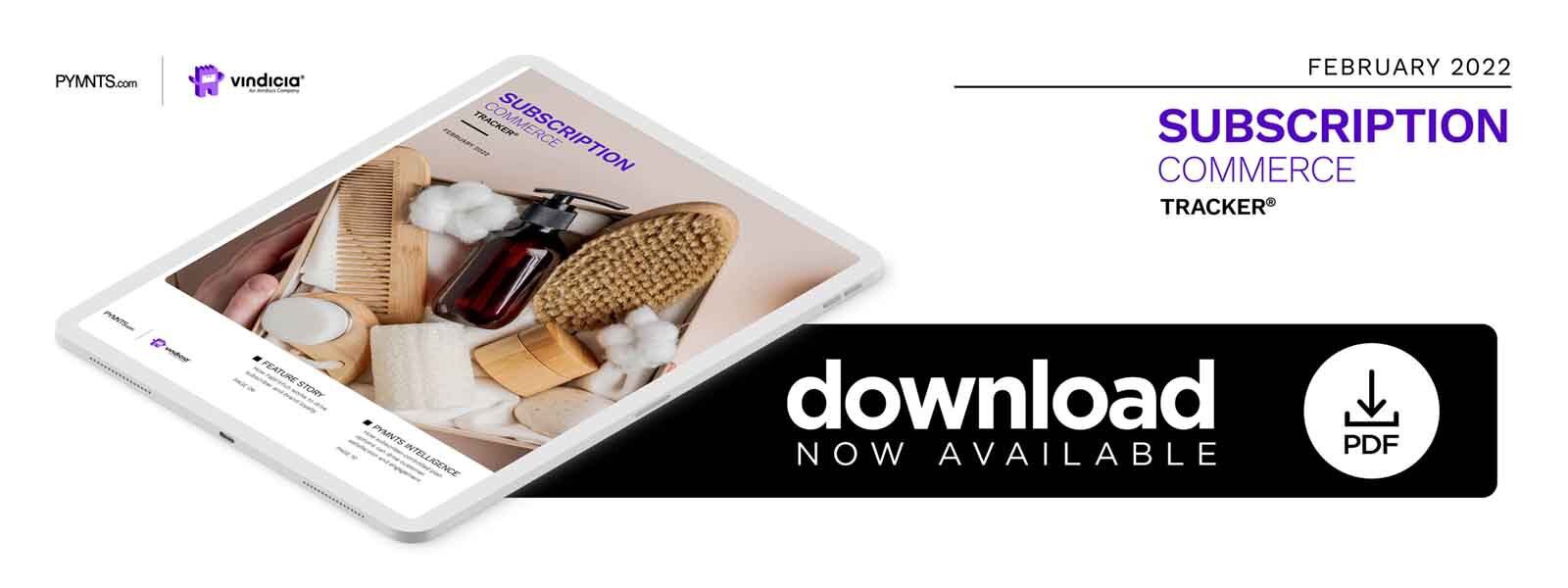PYMNTS Intelligence: How Subscriber-Controlled Plan Options Can Drive Customer Satisfaction and Engagement

Subscription eCommerce solved many a dilemma for both consumers and retailers when the pandemic shut down in-store shopping, and the trend shows few signs of slowing. The global subscription and billing management market is projected to reach $7.43 billion by 2027, according to one report — up from $3.97 billion in 2020 and representing a compound annual growth rate (CAGR) of 8.9%. These numbers reflect an increasing average monthly spend on subscription services for many consumers. The highest spend in 2021 went toward mobile phone services, Wi-Fi, streaming TV and movie services, Amazon Prime, music streaming and gaming services.
Despite this growth, not all consumers are happy with their subscriptions. Another report found that nearly two-thirds of global streaming subscription customers find it frustrating to navigate different services, and an equal share feels that the content they pay for is not relevant to them. More than half would like to curate their content by taking their profiles from one service to another.
A personalized experience has always been important to subscription commerce, but it is becoming vital to customer engagement in an increasingly crowded market. As “subscription fatigue” begins to take hold and subscribers seek greater content customization, subscription providers that wish to keep subscribers must be willing to personalize their services in one of the most challenging ways possible: by sharing their customers with other players.
This month, PYMNTS Intelligence examines how giving subscribers more control over their plan options and features could drive greater customer satisfaction and engagement. It also looks at the tools and technologies that subscription providers can leverage to offer this level of curation.
In Search of the Perfect Bundle
As high as the demand for video streaming continues to be, many consumers are finding their subscriptions increasingly expensive, unwieldy and impersonal. The problem, however, is less about payment and more about control over content — specifically, the plan options and features subscribers currently lack but would like to have.
One study found that 60% of 6,000 global consumers said the content they pay for has no relevance to them. It also revealed that navigating an increasing number of services is a problem, with 60% of consumers also voicing this frustration. Nearly as many — 56% — explicitly named their solution: They would like to move their user profiles between services to better personalize content.
Consumers also seem willing to put their money where their mouths are regarding personalization. Another survey indicated that 72% of respondents would prefer to pay for satellite or cable service packages limited to content they are interested in, even if the subscription service picks the content they can access.
Consumers also said they would be willing to pay more for the “perfect bundle” of curated content, with 36% willing to pay more for live games for a specific sporting team, while 33% each would pay more for on-demand “binge-worthy” TV series and on-demand virtual concerts, events or Broadway shows.
Next-Gen Subscription Services
One way to address the problems of both content and navigation is by giving consumers greater control over the streaming experience with a smart content aggregator that spans multiple platforms. Content aggregators leverage application software, services and data sharing agreements to unify access across streaming platforms. Aggregators can also personalize subscribers’ services by offering them a single platform containing curated content from which they can select precisely what they wish to access.
This strategy, also called super-aggregation, aims to make it easier for consumers to discover, utilize and pay for access to all the content they want using as few services as they wish. Services such as Amazon Fire TV and Sky, for example, are using aggregators on new TVs that provide personalized content from several sources on one device. These aggregators simplify transactions across services with unified subscriptions and single sign-on management while permitting users to keep existing subscriptions and bring them on board.
The subscription streaming space is becoming more competitive, and consumers are asking for easier ways to seek out and enjoy new content and services in a curated environment. Providers that want to keep their subscribers engaged and renewing will have to listen and deliver.

